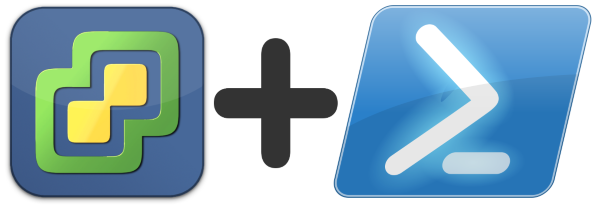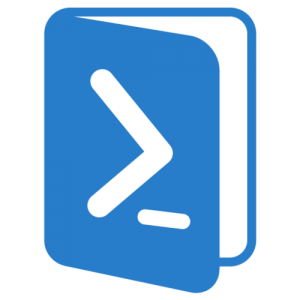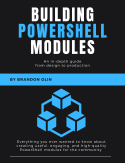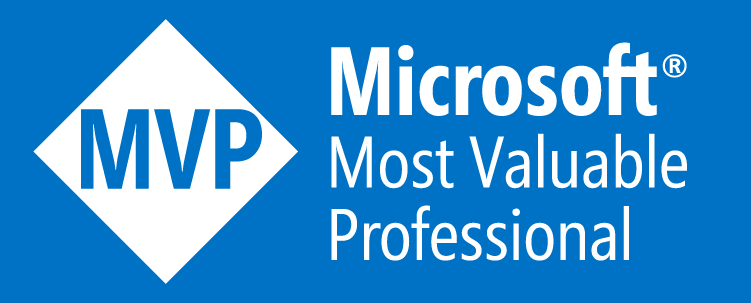-
Idea for VMware Provisioning with DSC

Here is an idea for VM Provisioning with DSC. This is how a custom DSC resource might look like in order to deploy a VM into a given vCenter. This DSC configuration would not target the VM itself but rather the vCenter server or maybe a proxy server with PowerCLI installed. >>
-
Find Potentially Orphaned VM Snapshots

Here is a quick function to find potentially orphaned VMs snapshots. This basically looks for VMs with active snapshots using Get-Snapshot and compares that to a list of VMs where the disk file name matches *-*000*.vmdk. >>
-
Import / Export PowerShell Credentials Module

Here is a handle little PS module I picked up from halr9000.com to import/export credentials to a file securely. The only person who can import and therefore decrypt the file is the user who exported it. Usage example:
>>1 2 3 4 5
Import-Module Credentials $creds = Get-Credential Export-PSCredential -Credential $creds -Path 'c:\temp\creds.xml' $newCreds = Import-PScredential -Path 'C:\Temp\creds.xml'
-
Creating a useful CMDB

This is the first post in what I intend to be a series of posts detailing the creation of a useful CMDB for your IT organization and how that CMDB can be used to assist in DevOps processes. At the end of the series, I hope to show how the CMDB can help drive automation in your IT environment by being a central hub for pushing/pulling information. First off, it is important to define what a CMDB is and why you should think about implementing one.
What is a CMDB?
A CMDB can mean many things to different people. Let’s start with the definition according to Wikipedia. A configuration management database (CMDB) is a repository that acts as a data warehouse for information technology (IT) organizations. Its contents are intended to hold a collection of IT assets that are commonly referred to as configuration items (CI), as well as descriptive relationships between such assets. When populated, the repository becomes a means of understanding how critical assets such as information systems are composed, what their upstream sources or dependencies are, and what their downstream targets are.What is a CI?
A CI is a unique “thing” that you want to track and will be an instance of any number of defined CI types. You may have CI types for a physical server, virtual machine, switch, router, rack, database, firewall, UPS, etc. The CI types will share a handful of common attributes like ID, name, description and each type will have unique attributes relating just to it. In the case of a physical server this may be manufacturer, model, serial number, size in rack units. In the case of a VMware VM, it may be vCPUs, vRAM, type and number of VMDKs, etc.What is a CI relationship?
A CI relationship defines how two or more CIs are related to each other. Documenting the relationships between CIs can assist in answering to the following questions:- What web server CIs are connected to a database on dbserver03?
- What are the upstream and downstring CIs connected to appserver06?
- How many physical servers are connected to switch10?
- What VMs are running on this VM host?
Benefits of a CMDB
The benefits of a fully populated and accurate CMDB are enormous. First off, it is a central place to hold all the “hard” data about your IT resources:- Asset Type
- Serial Number
- Asset Tag
- Manufacturer
- Model
- Rack units
- etc…
- Name
- Service (what service does this CI provide and to who?)
- IP address
- FQDN
- Location
- Contact person (primary / alternate)
- Status
- Environment (Dev/Test, QA, Prod, etc)
- Zone (DMZ, internal, private, hybrid)
- CIs related to this one (servers connected to switch SW01A)
- Maintenance windows
- Ratio of Linux to Windows servers
- Number of virtual machines in Chicago
- Distribution of virtual machine resources (vCPU, vRAM, vStorage) globally
- CI count trend over time.
- CMDB architecture,
- Useful CI types
- CI relationships
- CI discovery
- CI configuration
- Reporting / dashboards
- Integrations with VMware/Puppet/Chef/DSC.







